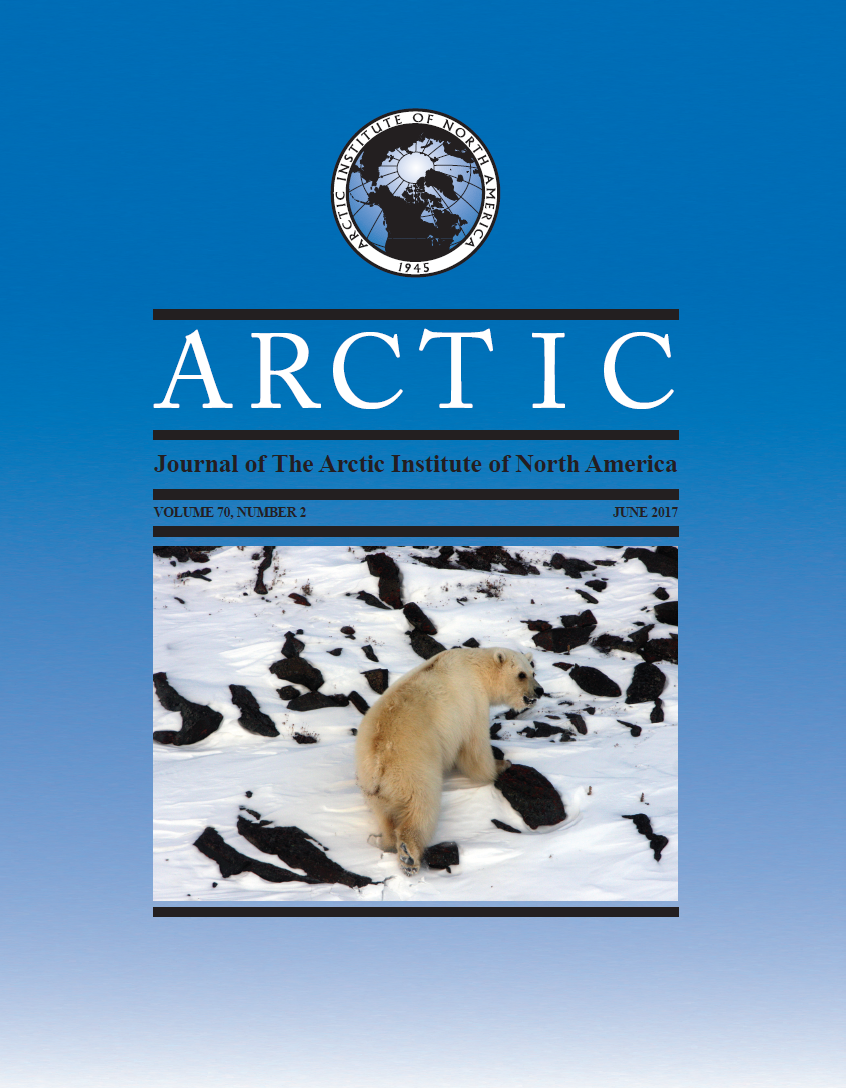New Radiocarbon Ages on Percussion-Fractured and Flaked Proboscidean Limb Bones from Yukon, Canada
DOI:
https://doi.org/10.14430/arctic4645Keywords:
Proboscidea, woolly mammoths, Mammuthus primigenius, percussion-flaked bone, radiocarbon dating, Yukon, Old Crow Basin, KlondikeAbstract
Proboscidean limb bones discovered in Yukon during the 1960s and 1970s exhibit fracture patterns, notches, and bone flakes that are characteristic of percussion. Because of the unique properties of thick cortical proboscidean bone (probably woolly mammoth Mammuthus primigenius or less likely American mastodon Mammut americanum), some researchers hypothesized that these fracture patterns represent intentional hammerstone modification by humans for marrow extraction and bone tool production. As such, these fracture patterns represent evidence of early human dispersal into Eastern Beringia. Radiocarbon dating in the late 1980s indicated that the bone breakage occurred between about 25 000 and 40 000 radiocarbon years before present (14C yr BP). We report 11 new radiocarbon ages using ultra-filtration methods on a different sample of similarly fractured and flaked bones from Yukon. Only two of the radiocarbon ages fall within the expected range of 25 000 to 40 000 14C yr BP. Six other ages are non-finite, with five being more than 49 100 14C yr BP. Three finite ages range between 46 500 and 50 500 14C yr BP with large standard deviations, and these ages may also be non-finite. Two testable hypotheses to explain the observed breakage patterns were developed, the first being that humans broke the bones and the second that some presently unknown geological process broke the bones. Further research is needed to test these two hypotheses.
Downloads
Published
Issue
Section
License
Copyright (c) 2017 ARCTIC

This work is licensed under a Creative Commons Attribution 4.0 International License.


